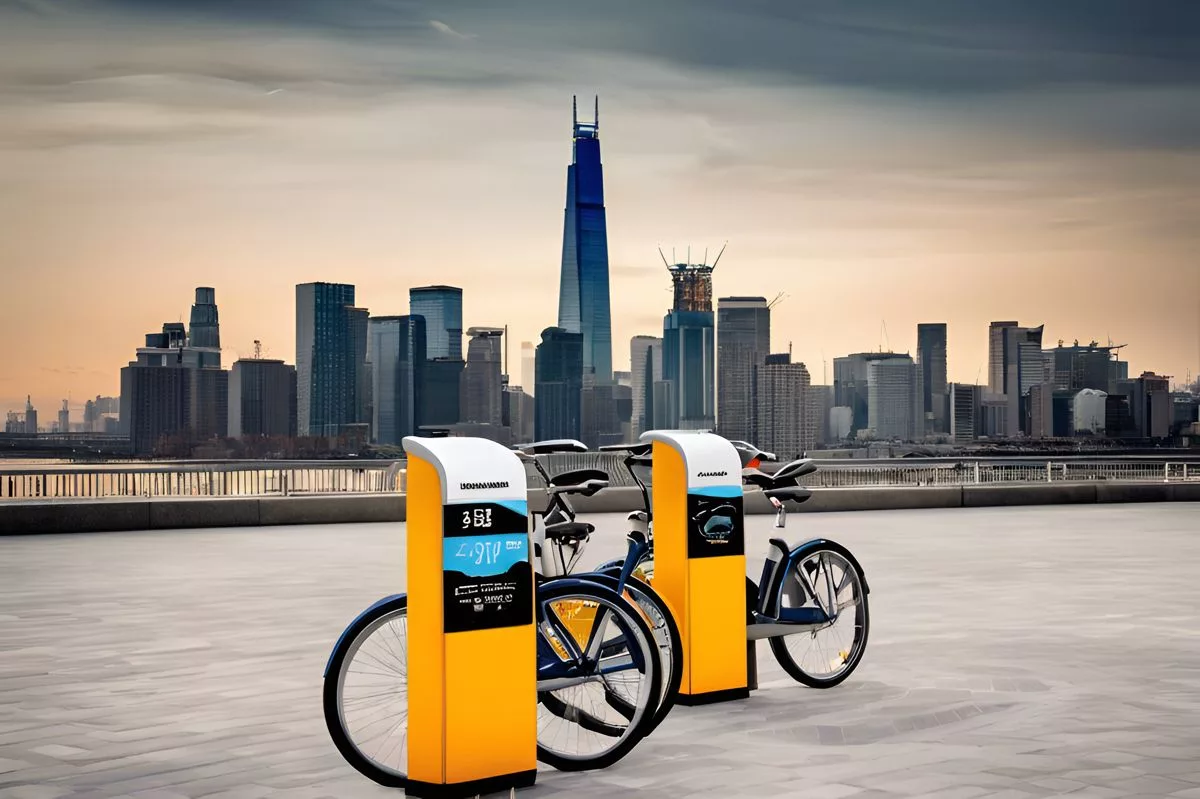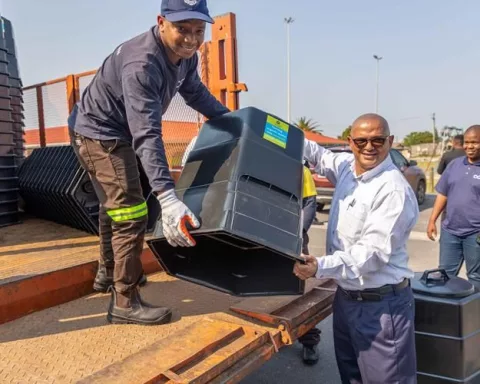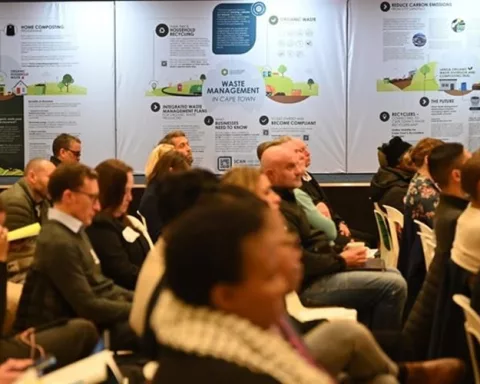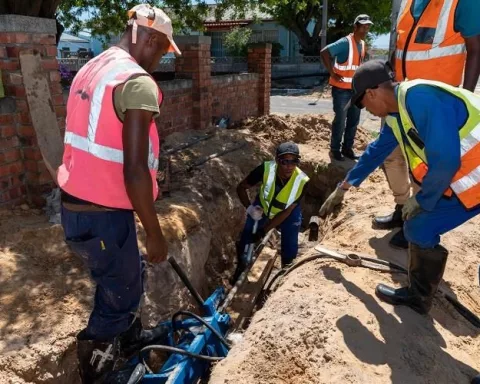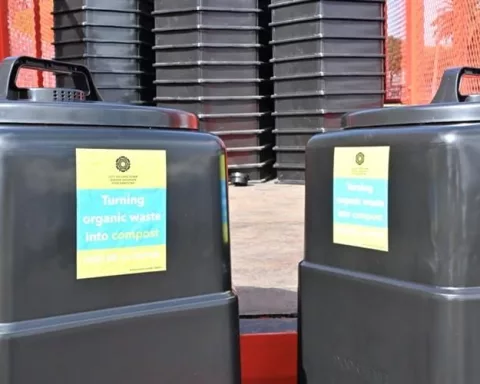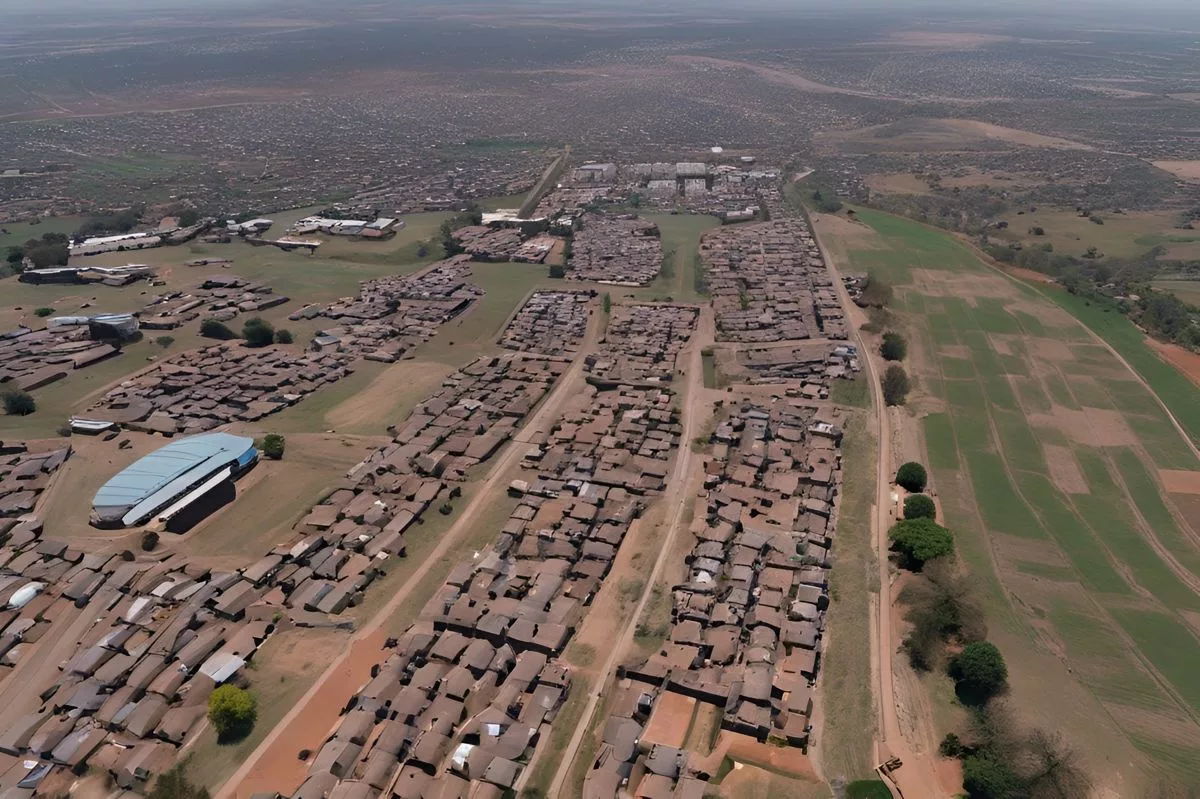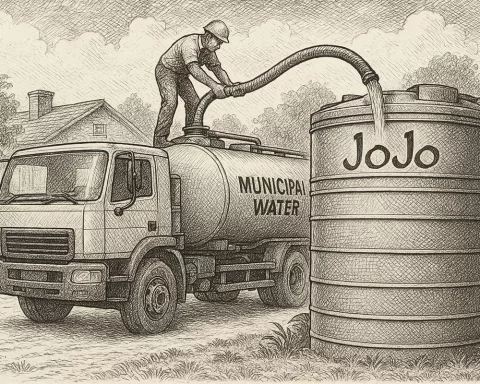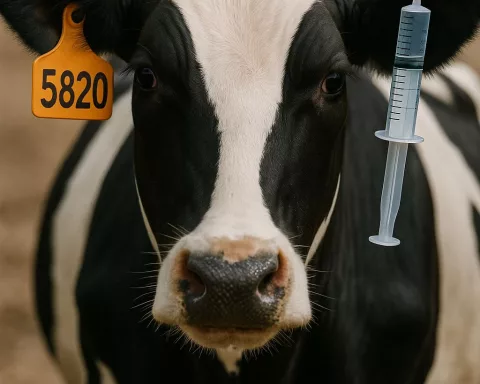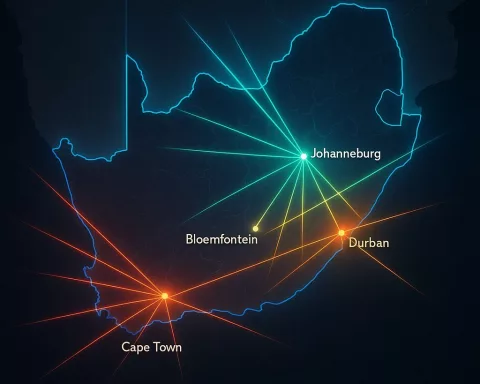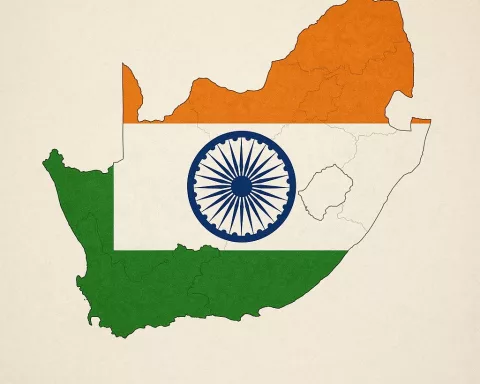Cape Town’s Urban Mobility Initiative is a proposal to improve non-motorized transport in certain areas of the city by creating safer and more accessible spaces for pedestrians and cyclists. The initiative is participatory, with the city encouraging residents to provide feedback and suggestions. The proposal represents the city’s commitment to improving road safety and creating more ecologically sustainable and habitable urban landscapes. It is an opportunity for residents to shape their city spaces and contribute to a more inclusive and sustainable future.
What is Cape Town’s Urban Mobility Initiative?
Cape Town’s Urban Mobility Initiative is a proposal aimed at transforming non-motorized transport in certain areas of the city to create safer and more accessible spaces for pedestrians and cyclists. The initiative is participatory, with the city encouraging residents to provide feedback and suggestions to incorporate into the development and implementation of NMT infrastructure. The proposal represents the city’s commitment to improving road safety and creating more ecologically sustainable and habitable urban landscapes. Residents have until June 3, 2024, to contribute to this transformative change.
In a world moving progressively towards ecological sustainability, urban cities globally are reassessing their cityscapes. In sync with this global shift, Cape Town’s Urban Mobility Directorate is stepping forward, inviting its inhabitants to provide insight on a groundbreaking proposal that aims to transform non-motorized transport (NMT) within the city.
Part One: A Commitment to Urban Sustainability and Safety
The proposal is specifically targeted at certain areas such as Bellville, Bishop Lavis, Pinelands, Woodstock, Salt River, and Observatory, where the aim is to establish safer and more accessible spaces for pedestrians and cyclists. This strategic move represents the city’s pledge to improve road safety for pedestrians, cyclists, wheel-chair users, the elderly, people with prams, and school children, thereby making the city more liveable for all its residents.
This is not a top-down directive. Instead, it is a participatory process, demonstrating that the city values the input of its residents. Councillor Rob Quintas, the City’s Mayoral Committee Member for Urban Mobility, encourages residents to participate in information sessions and voice their opinions regarding the proposal. The city hopes to incorporate residents’ feedback, suggestions, and advice in its approach to developing and implementing NMT infrastructure.
Part Two: A Focus on Specific Urban Areas
For instance, in Bellville, the city plans to introduce NMT infrastructure along Frans Conradie Drive, Suikerbos Street, and Old Paarl Road. Similarly, in Bishop Lavis, upgrades and construction are anticipated along Robert Sobukwe Drive between Peter Barlow Drive and Valhalla Drive. The blueprint for Pinelands and nearby areas includes NMT infrastructure enhancements along sections of Jan Smuts Drive, Alexandra Road, Forest Drive, Howard Drive, Avonduur Road, Poplar Avenue, Sipres Avenue, and Denneboom Avenue. The amendments planned for Woodstock, Salt River, and Observatory include parts of Main Road, Victoria Road, Sir Lowry Road, Lower Main Road, Wrensch Road, Lower Wrensch Road, Trill Road, Station Road, Durham Avenue, Salt River Road, Roodebloem Road, Queens Park Avenue, Searle Street, Mountain Road, Nerina Street, and Melbourne Road.
To make the feedback process user-friendly and accessible, the city has set up multiple channels for residents to submit their suggestions, recommendations, and input. Written submissions can be made at several subcouncil offices and libraries. For example, residents in Bellville can submit their written feedback at the Subcouncil 2 Municipal offices in Kraaifontein, while those in Valhalla Park can do so at the Subcouncil 5 Kuilsrivier Municipal Building. Pinelands residents can submit their suggestions at the Subcouncil 15 – Pinelands Training Centre. For residents in Woodstock, Salt River, and Observatory, submissions can be made at Subcouncil 16 on the 11th Floor of 44 Wale Street, Cape Town.
Part Three: The Importance of Public Participation and Global Relevance
The city has also established Public Participation Units, under the leadership of Zandile Mahlasela and Andre Louw, to address any queries and assist with the process. This initiative underscores the importance the city places on public involvement in sculpting sustainable urban landscapes centred on non-motorized transport.
This proposal signifies a worldwide trend of creating more ecologically sustainable cities. Cape Town’s Urban Mobility Directorate’s pledge to creating a safer and more accessible city deserves commendation. Their dedication to incorporating public feedback into crucial decision-making processes validates their commitment to a democratic style of governance.
This open invitation for feedback is not just about enhancing infrastructure; it is an appeal to residents to take an active part in redesigning their city spaces. This presents a critical moment for urban mobility in Cape Town, a chance for residents to shape it. By ensuring that they hear every voice, Cape Town stands as a model for inclusive urban planning in the 21st century.
Residents have until Monday, 3 June 2024, to contribute towards this transformative change. With communities’ input, Cape Town’s Urban Mobility Directorate can ensure that the upgrades and infrastructure put in place will best meet their needs, creating a city that is not just sustainable but also highly habitable.
1. What is Cape Town’s Urban Mobility Initiative?
Cape Town’s Urban Mobility Initiative is a proposal aimed at transforming non-motorized transport in certain areas of the city to create safer and more accessible spaces for pedestrians and cyclists.
2. What areas will the initiative target?
The initiative is specifically targeted at certain areas such as Bellville, Bishop Lavis, Pinelands, Woodstock, Salt River, and Observatory, where the aim is to establish safer and more accessible spaces for pedestrians and cyclists.
3. How will the city involve residents in the initiative?
The initiative is participatory, with the city encouraging residents to provide feedback and suggestions to incorporate into the development and implementation of NMT infrastructure. The city hopes to incorporate residents’ feedback, suggestions, and advice in its approach to developing and implementing NMT infrastructure.
4. How can residents submit their feedback and suggestions?
To make the feedback process user-friendly and accessible, the city has set up multiple channels for residents to submit their suggestions, recommendations, and input. Written submissions can be made at several subcouncil offices and libraries.
5. What is the importance of public participation in the initiative?
This initiative underscores the importance the city places on public involvement in sculpting sustainable urban landscapes centred on non-motorized transport. The dedication to incorporating public feedback into crucial decision-making processes validates their commitment to a democratic style of governance.
6. What is the deadline for residents to contribute towards the initiative?
Residents have until Monday, 3 June 2024, to contribute towards this transformative change.

